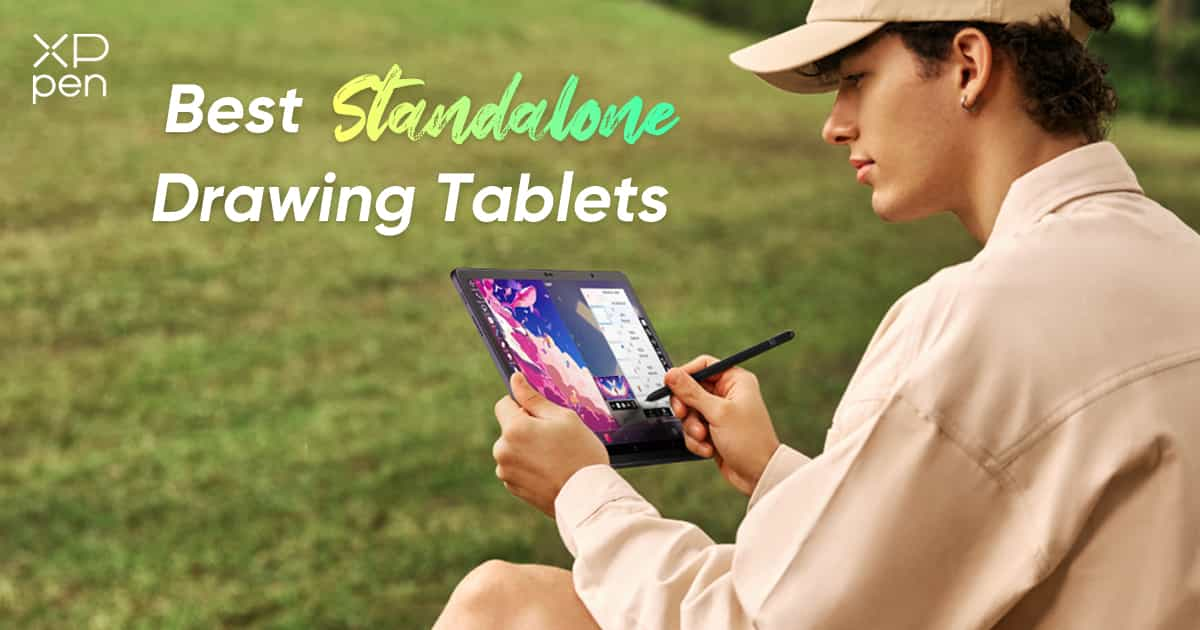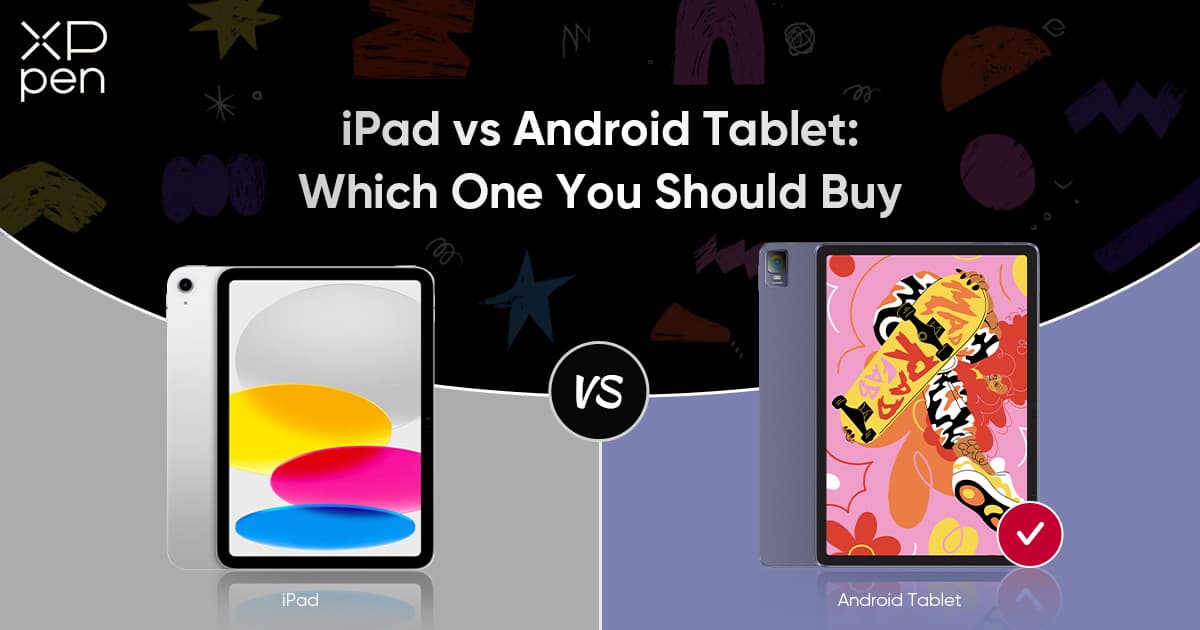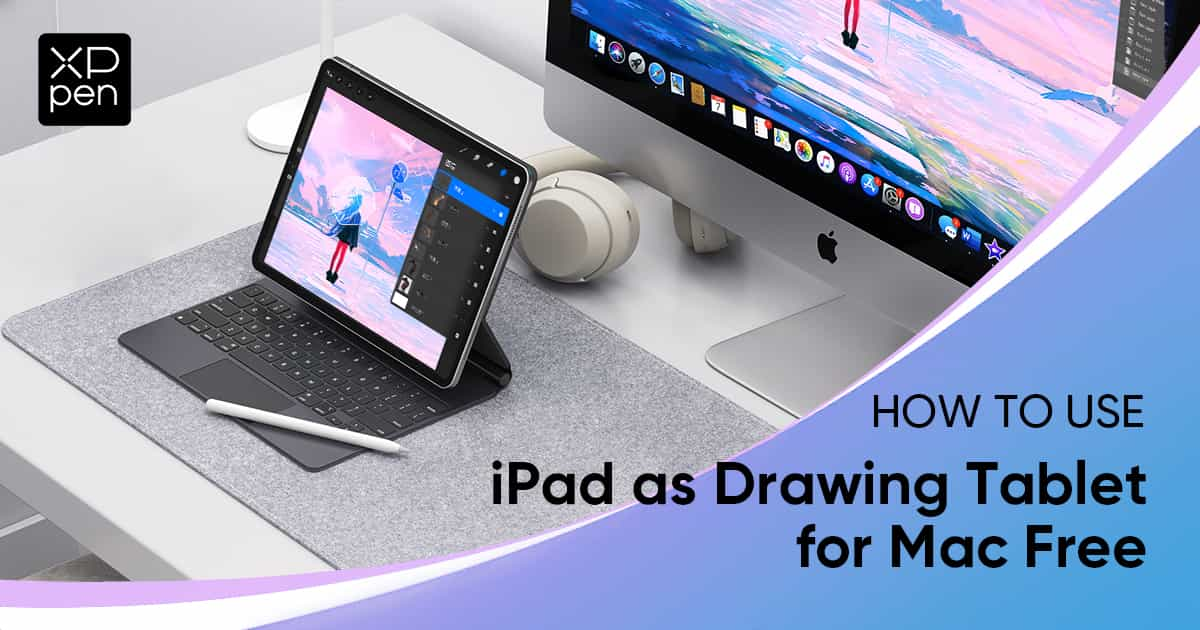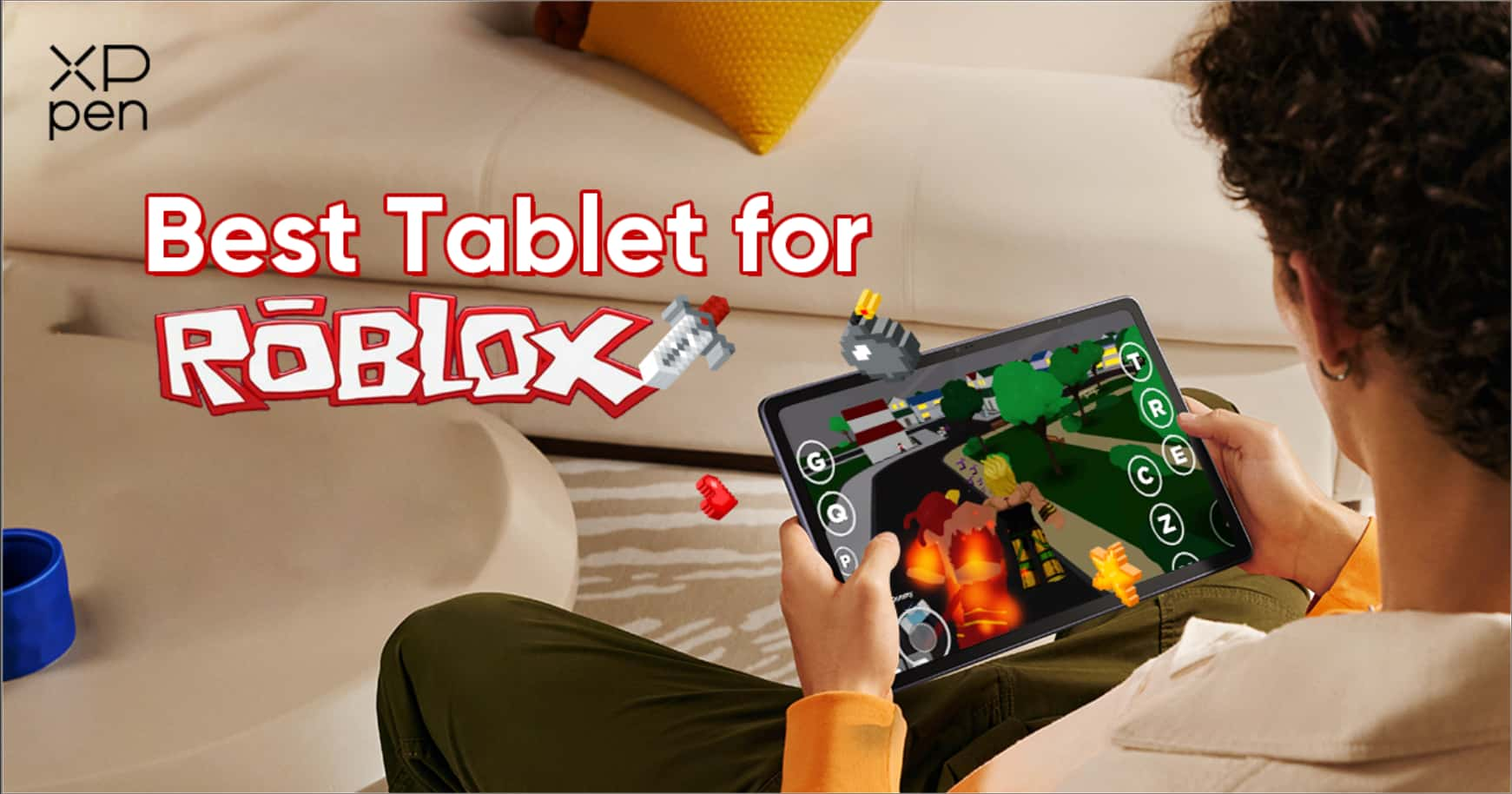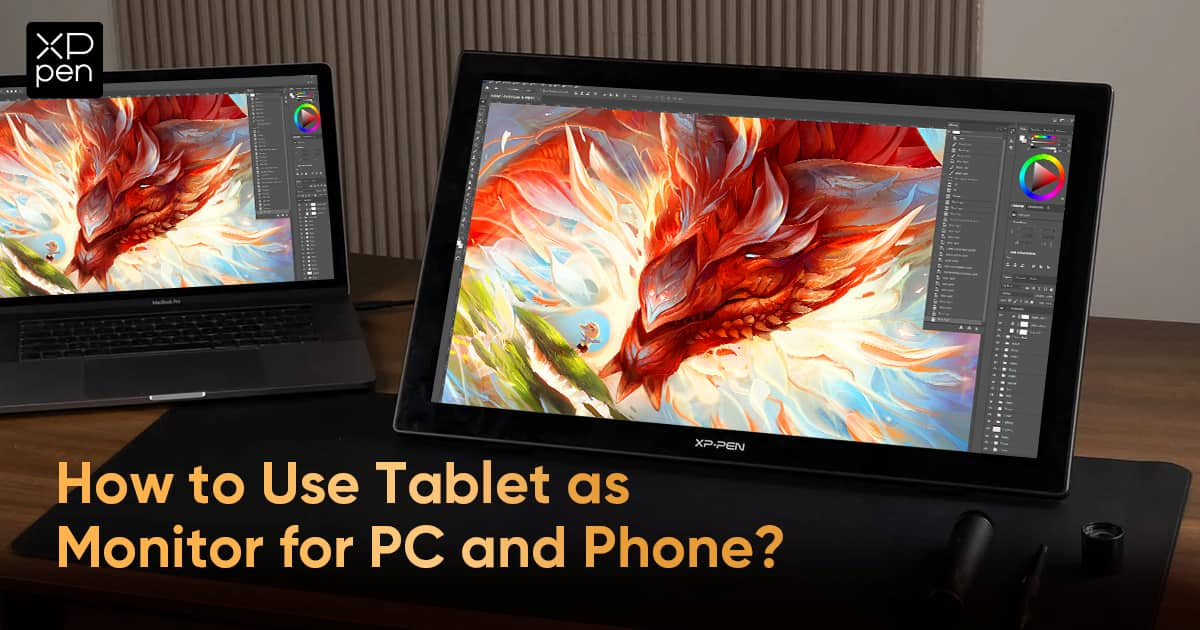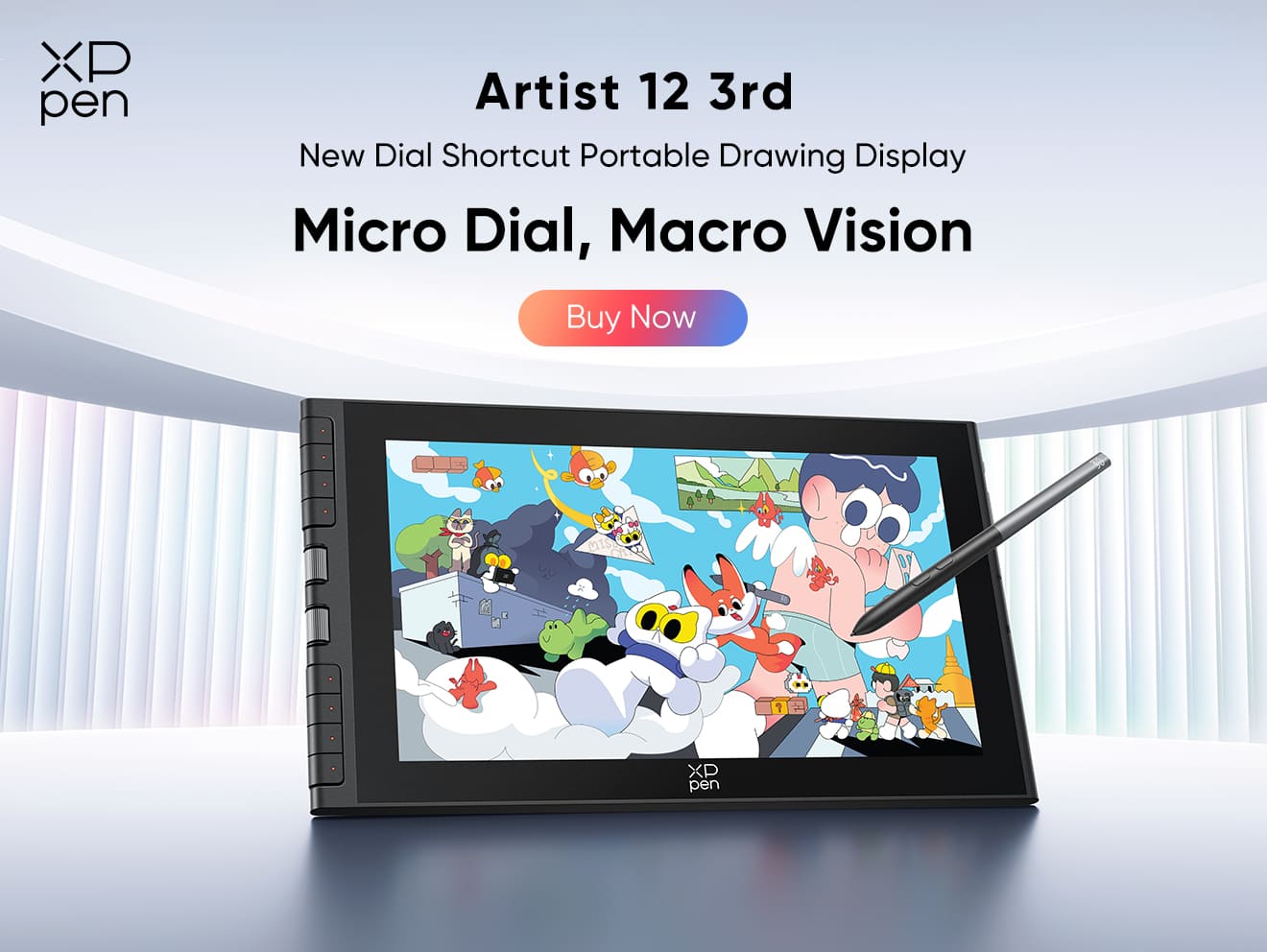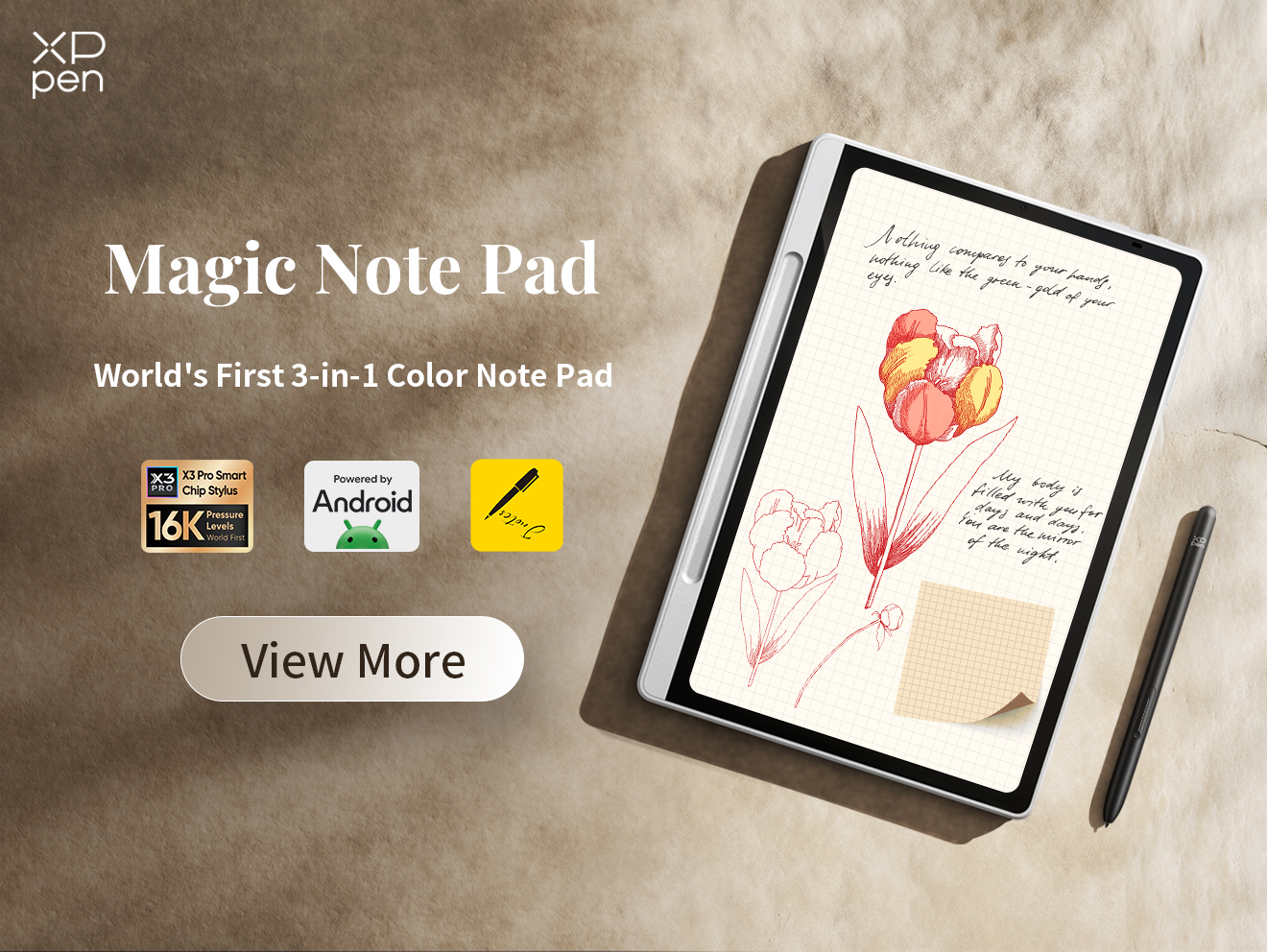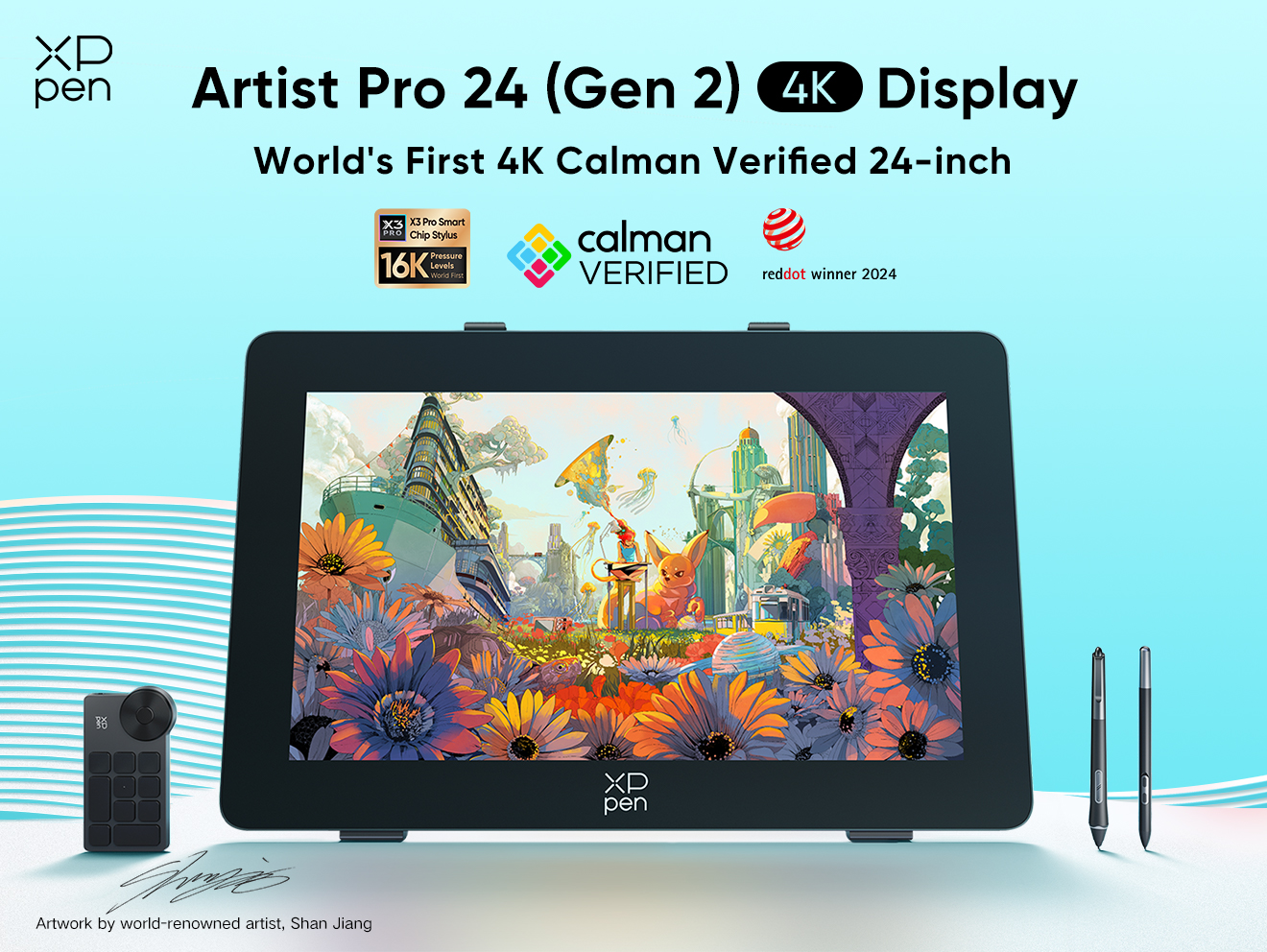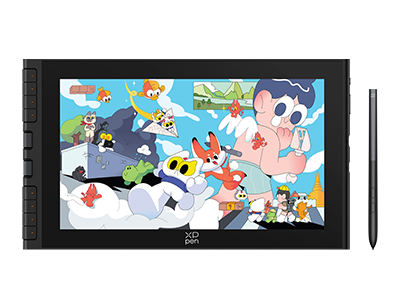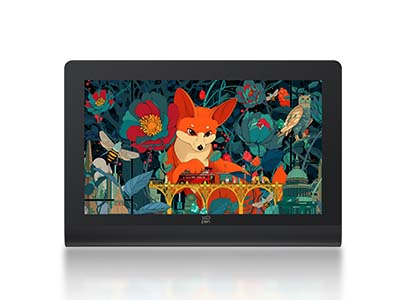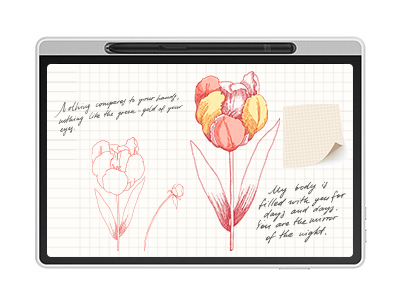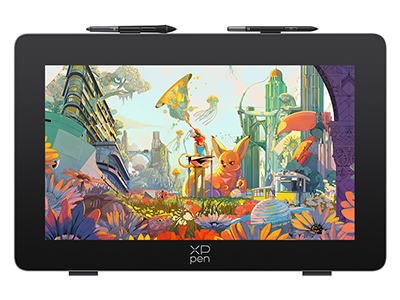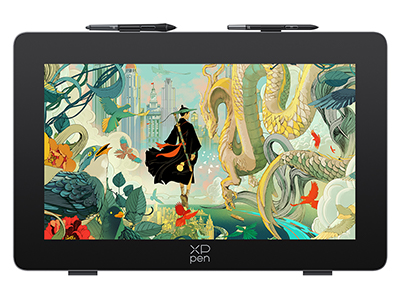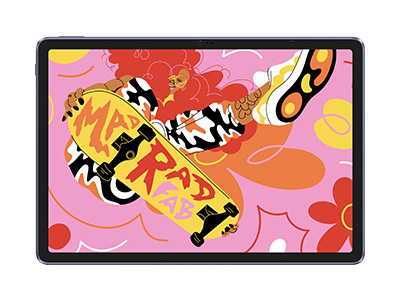Tutorials & Tips

About Us
Founded in 2005, XPPen is a leading global brand in digital art innovation under Hanvon UGEE. XPPen focuses on the needs of consumers by integrating digital art products, content, and services, specifically targeting Gen-Z digital artists. XPPen currently operates in 163 countries and regions worldwide, boasting a fan base of over 1.5 million and serving more than ten million digital art creators.
Learn moreTop Articles
TIPS Digital Artists' Top 11 Drawing Programs for PC: Free & Paid TIPS Zero Recoil Best Sensitivity Settings for PUBG Mobile (No Recoil Guide) TIPS ArtRage Lite, ArtRage 6 And openCanvas Drawing Software Free Download Instruction ROUNDUPS Best Digital Writing Pad Tablet With Pen for Online Teaching TIPS How to Use Tablet as Monitor for PC & Phone?[4 Methods]Community
Welcome to our community! Connect, share ideas, and make friends. Let's build a vibrant and supportive space together. Join us now!
Learn more